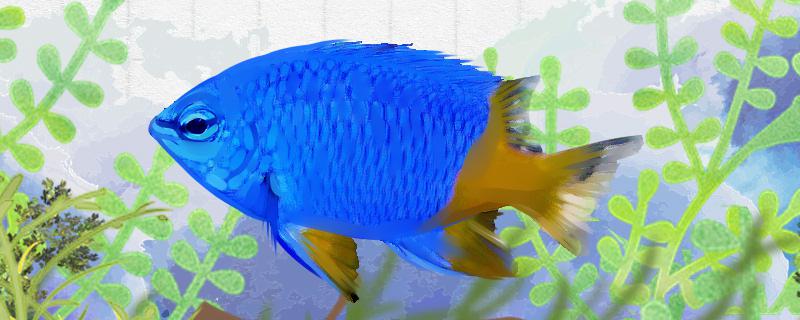
the yellow-tailed blue damselfish? The yellow-tailed blue damselfish is bright sea blue as a whole, very bright and bright, small and flexible. They are active and rarely aggressive. They are highly adaptable to the environment and are not picky about food, making them an excellent breed to raise. Beginners can start with this species of fish. After setting up the aquarium, you can first put this species of fish into the water to adapt to the environment, observe the changes in water quality, and wait for the ecosystem to be more stable, and then put other species that are more difficult to raise.
the yellow-tailed blue magic damselfish? 1. Water temperature: They are very tolerant of water temperature and can grow normally in the water temperature environment of 20 ~ 30 ℃. In order to improve their feeding ability and enhance their activity, it is better to keep the water temperature constant at about 26 C.
2. Water quality: They can survive in extremely harsh water quality environment, but the most suitable pH for their growth is between 8.1-8: 4. In order to maintain their long-term health, it is better to maintain a relatively stable weak alkaline environment. When the water quality changes, the water should be changed in time.
3. Feeding: They are omnivorous fish and can be fed with both animal feed and plant feed. You can also feed some synthetic feed directly, which is more convenient. High-protein mysids and prawns are recommended.